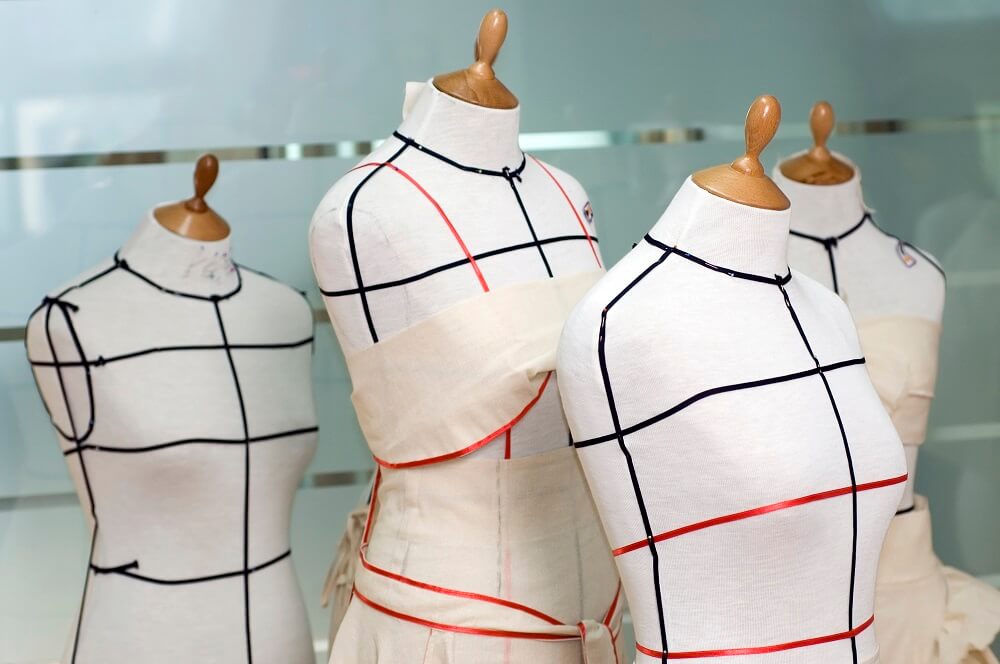
UK: Focus on fashion as clothing design cases sashay through the courts
19 July 2015, London
Unregistered design rights are an important IP right in the fashion industry, given that the lives of clothing designs are often short and may not justify the cost of design registration.
There has been a recent flurry of cases before the UK courts concerning rights in fashion designs, specifically unregistered design rights: G-Star Raw v Rhodi Ltd; Superdry v Animal (DKH Retail Ltd v H Young (Operations) Ltd); John Kaldor Fabricmaker UK Ltd v Lee Ann Fashions Ltd; and Dalco v First Dimension. Of these four cases (decided between late 2014 and early 2015), three were heard in the Intellectual Property Enterprise Court (IPEC). Established in 2013, IPEC was intended to provide a less expensive and more streamlined alternative to intellectual property actions in the High Court. Employing strict cost recovery caps of £50,000 and taking a proactive approach to case management to reach a swift resolution, IPEC is widely considered to be meeting this aim.
Unregistered Rights in the fashion industry
- There are two categories of unregistered design right (UDR) in the UK; UK and Community UDR.
- Both UK and Community UDR arise automatically and protect the whole or part of its appearance arising from its shape or configuration. However, Community UDR also provides protection for the appearance of a product resulting from its colour, texture, materials and/or ornamentation, and has effect throughout the EU.
- Unlike registered designs, in order to succeed in a claim for infringement of UDR (Community or UK), it is necessary to show that the relevant design was copied by the alleged infringer.
- Copyright may also subsist in patterns on fabrics. Copyright is again an unregistered right and arises automatically for original works.
Practical tips
- Keep a design trail: The alleged infringer in John Kaldor Fabricmaker UK Ltd v Lee Ann Fashions Ltd was able to show credible evidence from its print designer as to how, stage-by-stage, she came to design Lee Ann’s ‘tribal print’ fabric independently of John Kaldor’s tribal fabric design. Conversely, in G-Star Raw v Rhodi Ltd, the absence of a paper trail showing how Rhodi came up with its jeans design contributed to a finding of infringement. Likewise, in Dalco v First Dimension, an absence of evidence showing that First Dimension’s design pre-dated Dalco’s was fatal to its defence. Accurate and contemporaneous records of how, when and by whom the design was created by are essential.
- Beware of over reliance on others’ designs: Fashion, by its nature, often involves the amalgamation of different aspects of earlier designs. However, in G-Star Raw, evidence that Rhodi had used a sample of G-Star Raw’s ‘Arc Pant’ to communicate design ideas to the manufacturers of its infringing pants was damaging to its case.
- Don’t forget copyright: Copyright can sometimes be relied upon in addition to design rights. For example, in John Kaldor, the claimant’s tribal design was created on a computer. Therefore, the relevant computer file was protected by copyright and the design itself (i.e. the output of the computer file) was protected by Community UDR.
- Don’t necessarily dismiss UK UDR: While Community UDR protects aspects of surface decoration which is not protected under UK design law and colour which will often be central to fashion designs, Community UDR only lasts for 3 years. UK UDRs have a longer life and last for at least 10 years.
Recent fashion cases
G-Star Raw CV v Rhodi Ltd & Ors [2015] EWHC 216 (Ch)
- Date: February 2015
- Court: High Court
- Rights: Unregistered UK design right
- Outcome: Infringement
Rhodi’s nine separate styles of jeans infringed G-Star’s unregistered UK design rights in its ‘Arc Pant’ jeans design, which was characterised by a highly architectural cut with an asymmetric tapered leg that turned around the human leg. The similarities were striking, there was evidence that Rhodi had used a sample of the Arc Pant to communicate design ideas to its manufacturers, and it was unable to produce evidence of independent design.

Superdry v Animal (DKH Retail Ltd v H Young (Operations) Ltd [2014] EWHC 4034 (IPEC)
- Date: December 2014
- Court: Intellectual Property Enterprise Court
- Rights: UK & Community unregistered design right
- Outcome: Infringement
H Young’s Animal branded gilet infringed the unregistered design rights in parts of DKH’s Superdry branded hooded gilet. However, only secondary infringement by importing and selling was alleged (for which it must be shown that the alleged infringer knew or had reason to believe that the articles were infringing).
Therefore, while Superdry’s unregistered Community design rights were found to have been infringed, its UK unregistered design rights were only infringed from the date of Superdry’s cease and desist letter to Animal, as Superdry had produced no evidence to show that those in the clothing industry would otherwise know that copying a garment would constitute an infringement of IP rights.
John Kaldor Fabricmaker UK Ltd v Lee Ann Fashions Ltd [2014] EWHC 3779 (IPEC)
- Date: November 2014
- Court: Intellectual Property Enterprise Court
- Rights: Unregistered Community design right; copyright
- Outcome: No infringement
A dress fabric supplied to Marks & Spencer by Lee Ann did not infringe the copyright or unregistered Community design right in John Kaldor’s fabric as copying could not be proven. Lee Ann’s evidence of independent design was credible, and the similarities between the two designs were not so compelling as to point to unconscious copying.

Dalco v First Dimension [2015] EWHC 760 (IPEC)
- Date: February 2015
- Court: Intellectual Property Enterprise Court
- Rights: UK & Community unregistered design rights
- Outcome: Infringement (summary judgment granted)
First Dimension’s ‘Daniel Rosso’ shirt infringed Dalco’s unregistered design rights in its ‘Dalco’ shirt design. The two were essentially identical, and First Dimension had no prospect of proving that its Daniel Rosso design pre-dated the Dalco shirt design, or any evidence of independent design.
Originally published in DesignWrites 6th Edition.








